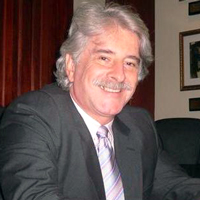AS/COA Online Exclusive Interview: Costa Rica’s Education Minister Leonardo Garnier on Innovations in Teaching
/ “[T]he central strategy we have followed is not just to have more students, but to offer a more relevant, significant education.”
“[T]he central strategy we have followed is not just to have more students, but to offer a more relevant, significant education.”
Costa Rica’s high literacy rate has long made its educational system the envy of the Americas. Still, high school enrollment and access to higher education remain tough challenges in the Central American country. Costa Rican Education Minister Leonardo Garnier spoke with AS/COA Online’s Editor-in-Chief Carin Zissis, not only about how his country is fighting dropout rates, but also how new teaching approaches and technology can play a role in boosting education. Garnier says that changes underway offer “more relevant, more significant, and more entertaining education so that kids will stay in high school—but they will stay for a good reason, not just for staying there.”
AS/COA Online: With a 96 percent literacy rate, one of Latin America’s highest, many see Costa Rica’s education system as a model for other countries in the region. What models in other parts of the world do you look to for inspiration and ideas?
Garnier: Well, I don’t see Costa Rica as a model. I think we have done some things that have been useful for us, but still, we have a lot of problems. When we look at other countries, for example, the things that small countries like Finland have done with education, certainly there is big room for improvement in our system.
